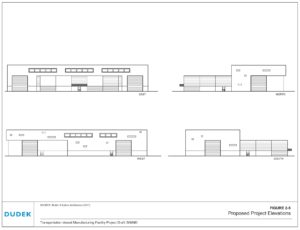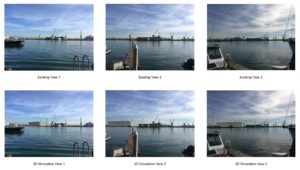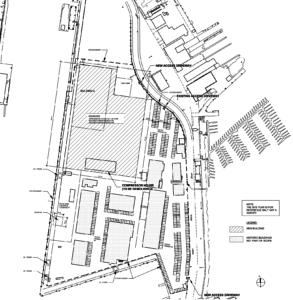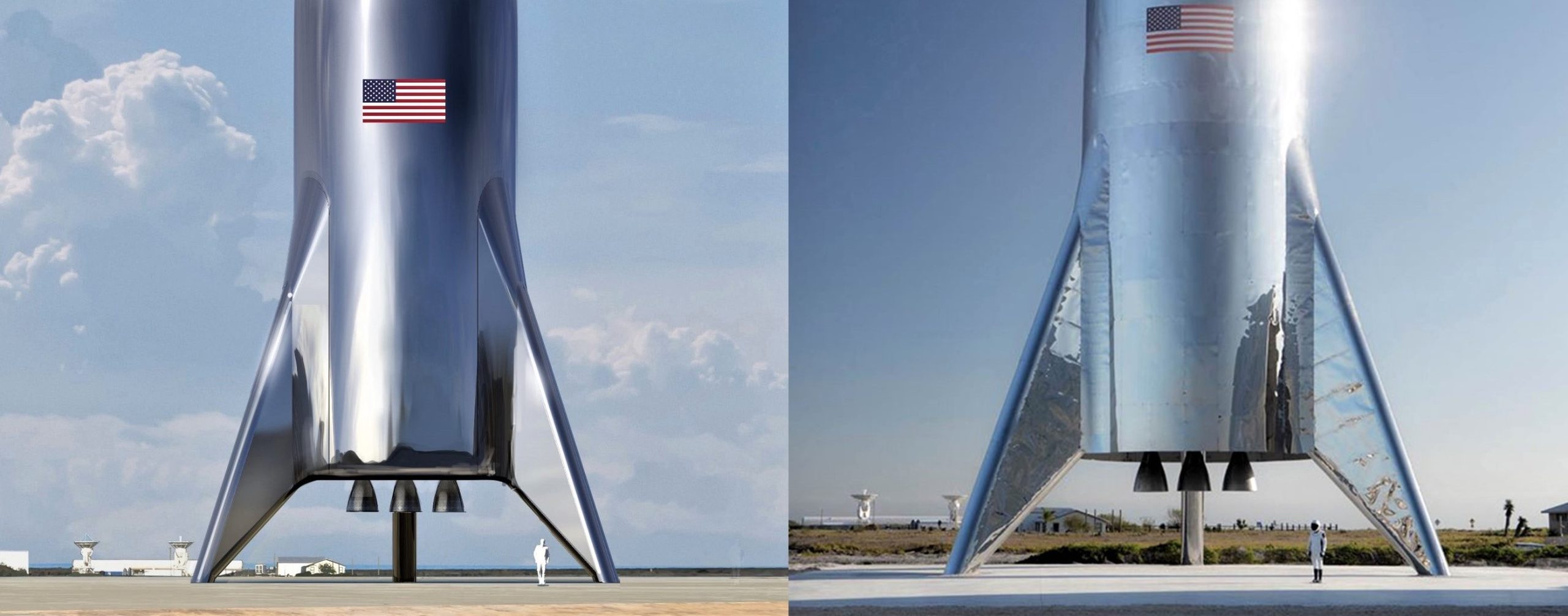
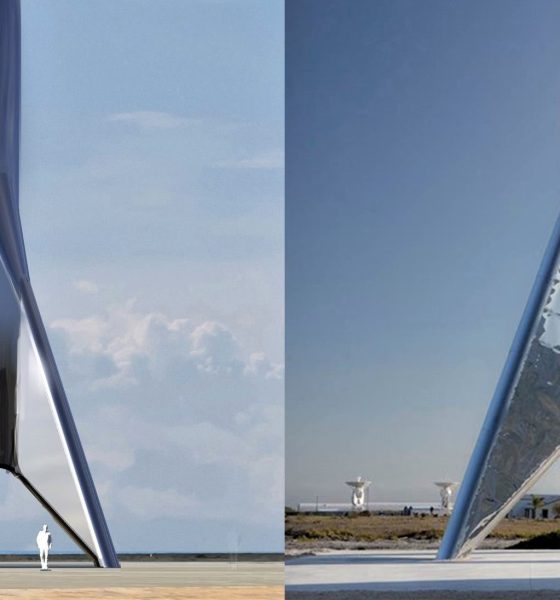
News
SpaceX to move Starship and Super Heavy production to Texas as hop tests near [updated]
SpaceX announced today that plans to ultimately build BFR (now known as Starship/Super Heavy) in the Port of Los Angeles have at least initially been replaced with a decision to move that development to South Texas, although details about the new facilities and their timelines remain have yet to be shared.
Drawn to one possible conclusion, this could mean that SpaceX no longer intends to build a BFR factory in the Port of Los Angeles, while all Falcon 9/Heavy, Merlin, and Raptor manufacturing will remain in the company’s Hawthorne, CA headquarters for the foreseeable future. However, the statements do not preclude the possibility that SpaceX still plans to develop an oceanside factory in the near future for Super Heavy, Starship, or both.
SpaceX will not longer be manufacturing its Mars spaceship and rocket booster at the Port of Los Angeles. Instead, the work will be done in South Texas. https://t.co/LqBfPawiZf
— Los Angeles Times (@latimes) January 16, 2019
Update: CEO Elon Musk stated on Twitter that the Los Angeles Times’ original report and a partial miscommunication on behalf of SpaceX misconstrued an official statement that early-stage Starship and Super Heavy prototype construction and development would stay in South Texas for the time being. It appears that SpaceX’s Port of LA plans remain largely unchanged.
The source info is incorrect. Starship & Raptor development is being done out of our HQ in Hawthorne, CA. We are building the Starship prototypes locally at our launch site in Texas, as their size makes them very difficult to transport.
— Elon Musk (@elonmusk) January 16, 2019
“To streamline operations, SpaceX is developing and will test the Starship test vehicle at our site in South Texas. This decision does not impact our current manufacture, design, and launch operations in Hawthorne and Vandenberg Air Force Base in California. Additionally, SpaceX will continue recovery operations of our reusable Falcon rockets and Dragon spacecraft at the Port of Los Angeles.” – SpaceX, January 16th, 2019
In early 2018, SpaceX announced that it had required a new berth in Port of San Pedro with the specific intention of building a brand-new BFR factory. By keeping BFR production in Los Angeles and locating it directly adjacent to its transportation mode of choice (a barge from California to Texas), the official hope was to retain the best aerospace talent in the US (generally centered around central California) and ensure that its main Hawthorne factory was just a short drive away while still being able to relatively affordably transport massive 9m/30 foot-diameter BFR spaceships and boosters between California and Texas.
Also speaking in 2018, COO and President Gwynne Shotwell noted that the estimated cost of moving a BFR-sized object from its main Hawthorne factory to Port of LA would average $5M for a one-way trip. For context, that is almost 10% of the list price of an entirely new Falcon 9 rocket ($62M) just to perform basic, necessary logistics. As a result, SpaceX decided to build a permanent factory at a Port of LA dock, where the company had already sprung a giant tent to begin prototype fabrication. Known as Berth 240, it’s now unclear whether SpaceX will retain and still develop the Port of San Pedro plot into a permanent facility, estimated to cost a few tens of millions of dollars to complete.
- SpaceX currently uses Berth 240 as fairing recovery vessel Mr. Steven’s base of operations. (Pauline Acalin)
- Most of the Berth 240 plot features decrepit but historic buildings from the early 20th century – SpaceX is required by its EIS to help preserve them and can only demolish one small hangar. (Pauline Acalin)
- Over the last six months, SpaceX has VERY gradually prepared the foundation of its prospective Berth 240 factory, although barely any visible progress has been made. (Pauline Acalin, 11/30/18)
- Blueprints of the proposed BFR factory at Berth 240. (SpaceX)
- Renders of the proposed BFR factory at Berth 240. (SpaceX)
- An overview of the two planned stages of BFR factory construction, March 2018. (SpaceX)
In the company’s approved environmental impact assessment, the implication was that the BFR factory could double as dedicated post-recovery processing and refurbishment facility for regular Falcon 9 missions and provide a far more spacious dock for drone ship Just Read The Instructions and support vessel NRC Quest. That sort of facility could easily still provide significant value to SpaceX, although it may be the case that it would not earn its keep nearly well enough to account for the redundancy of refurbishing at Port of LA instead of simply shipping recovered Falcon 9 boosters to the main Hawthorne factory, which can already host the refurbishment of at least two Falcon 9 boosters simultaneously.
Starship Hopper has been taken apart again (for the installation of the bulkhead etc.)
📸NSF's BocaChicaGalhttps://t.co/DlTj9Qiijz
NSF Overview News Article by Thomas Burghardt @TGMetsFan98 for those catching up:https://t.co/rgliFAkBMC pic.twitter.com/DzSJzjSvoI
— NSF – NASASpaceflight.com (@NASASpaceflight) January 15, 2019
SpaceX may also still want to have LA facilities capable of affordably supporting Starship and Super Heavy structures development and production in the event that some of its excellent staff of engineers and technicians are not interested in moving from Los Angeles to the sparsely-populated southeast tip of Texas. In the meantime, the company continues to work towards the completion of its first flightworthy(ish) Starship prototype at its rapidly expanding South Texas facilities, with CEO Elon Musk indicating that hop tests of the vehicle could begin as early as February or March 2019.
Expect a new article on the recent Starship hopper progress very soon!

News
Another Tesla Model 3 variant sold out for January 2026 in China
A look at Tesla China’s order page shows that new Model 3 LR RWD orders now have an estimated delivery date of February 2026.
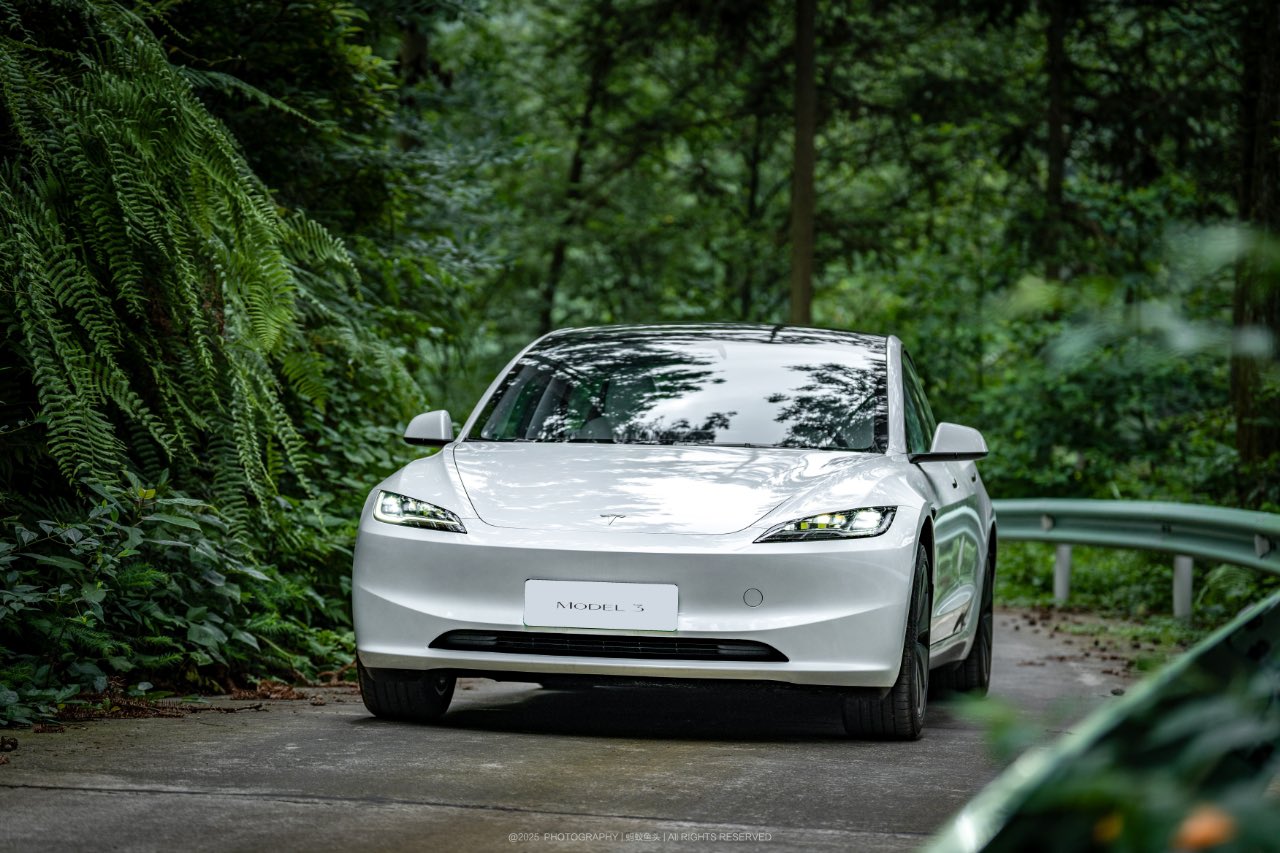
Another Tesla Model 3 variant in China appears to have sold out for January 2026, with the vehicle now showing an estimated delivery date of February 2026 for new orders. This bodes well for the all-electric sedan, which has maintained notable sales despite more affordable rivals like the Xiaomi SU7 and its crossover sibling, the Model Y.
Model 3 LR RWD joins February 2026 queue
A look at Tesla China’s order page for the all-electric sedan shows that new Model 3 Long Range Rear Wheel Drive orders now have an estimated delivery date of February 2026. Priced from RMB 259,500 ($36,810), the LR RWD sits as the second-lowest-priced trim in Tesla China’s four-variant Model 3 lineup. The move follows a similar delivery timeframe for the Model 3 Performance, which remains the most expensive option for the vehicle, as noted in a CNEV Post report.
The estimated delivery dates of the two remaining Model 3 variants remain unchanged for now. The base RWD version, starting at RMB 235,500, and the LR AWD variant, priced from RMB 285,500, both continue to list estimated delivery times of 4-6 weeks. Tesla China, for its part, has continued to list in-stock Model 3 vehicles and is actively encouraging buyers to select inventory units for delivery before the end of the year.
Model Y delays and policy shifts
Delivery timelines for the Model Y in China are also stretching into 2026. All customized Model Y variants now show February 2026 as their estimated delivery date, except for the entry-level version, which still lists January 2026. Tesla has been urging customers since November to prioritize purchasing inventory vehicles, a push aimed at maximizing year-end deliveries.
Timing matters for Chinese buyers due to upcoming changes in government incentives. China’s new energy vehicle purchase tax exemption will be scaled back in 2026, which means customers who take delivery next year could face higher tax costs compared to those who are able to receive vehicles before the end of the year.
As per data from the China Passenger Car Association, Tesla recorded retail sales of 73,145 vehicles in November, down 0.47% year over year. From January through November, Tesla’s retail sales in China totaled 531,855 units, a 7.37% year-over-year drop.
News
Wedbush’s Dan Ives sees ‘monster year’ ahead for Tesla amid AI push
In a post on X, the analyst stated that the electric vehicle maker could hit a $3 trillion market cap by the end of 2026 in a bullish scenario.

Wedbush analyst Dan Ives is doubling down on Tesla’s (NASDAQ:TSLA) long-term upside. In a post on X, the analyst stated that the electric vehicle maker could hit a $3 trillion market cap by the end of 2026 in a bullish scenario, thanks to the company’s efforts to develop and push its artificial intelligence programs.
An aggressive valuation upside
Ives, Wedbush’s global head of tech research, stated in his post that Tesla is entering a pivotal period as its autonomy and robotics ambitions move closer to commercialization. He expects Tesla’s market cap to reach $2 trillion in 2026, representing roughly 33% upside from current levels, with a bull case up to a $3 trillion market cap by year-end.
Overall, Ives noted that 2026 could become a “monster year” for TSLA. “Heading into 2026, this marks a monster year ahead for Tesla/Musk as the autonomous and robotics chapter begins. We believe Tesla hits a $2 trillion market cap in 2026 and in a bull case scenario $3 trillion by end of 2026… as the AI chapter takes hold at TSLA,” the analyst wrote.
Ives also reiterated his “Outperform” rating on TSLA stock, as well as his $600 per share price target.
Unsupervised Full-Self Driving tests
Fueling optimism is Tesla’s recent autonomous vehicle testing in Austin, Texas. Over the weekend, at least two Tesla Model Ys were spotted driving on public roads without a safety monitor or any other occupants. CEO Elon Musk later confirmed the footage of one of the vehicles on X, writing in a post that “testing is underway with no occupant in the car.”
It remains unclear whether the vehicle was supported by chase cars or remote monitoring, and Tesla has not disclosed how many vehicles are involved. That being said, Elon Musk stated a week ago that Tesla would be removing its Safety Monitors from its vehicles “within the next three weeks.” Based on the driverless vehicles’ sightings so far, it appears that Musk’s estimate may be right on the mark, at least for now.
News
Production-ready Tesla Cybercab hits showroom floor in San Jose
Tesla has implemented subtle but significant updates to both the Cybercab’s exterior and interior elements.
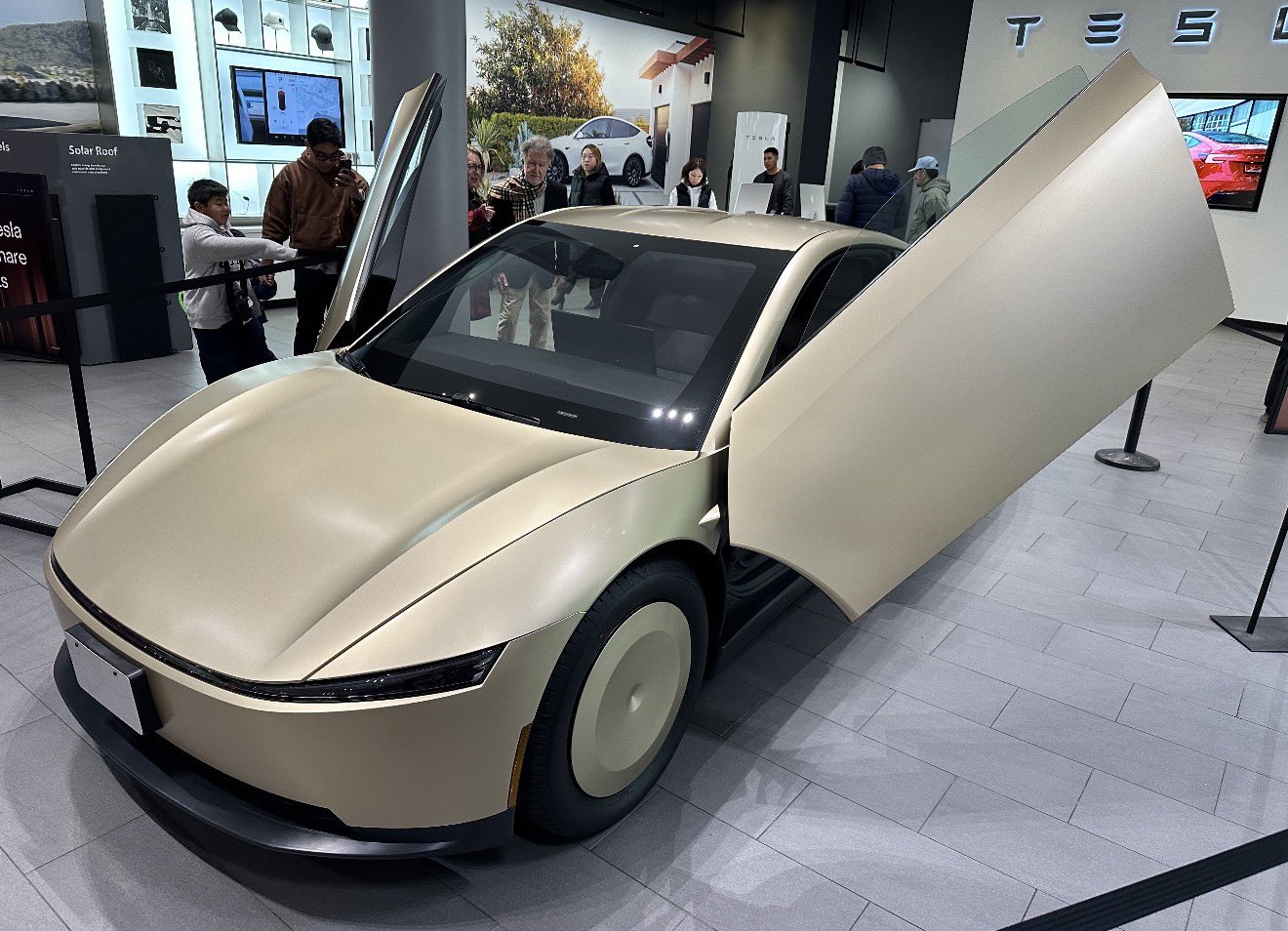
Tesla has showcased what appears to be a near-production-ready Cybercab at its Santana Row showroom in San Jose, California, giving visitors the closest look yet at the autonomous two-seater’s refined design.
Based on photos of the near-production-ready vehicle, the electric vehicle maker has implemented subtle but significant updates to both the Cybercab’s exterior and interior elements, making the vehicle look more polished and seemingly more comfortable than its prototypes from last year.
Exterior and interior refinements
The updated Cybercab, whose photos were initially shared by Tesla advocate Nic Cruz Patane, now features a new frameless window design, an extended bottom splitter on the front bumper, and a slightly updated rear hatch. It also includes a production-spec front lightbar with integrated headlights, new wheel covers, and a license plate bracket.
Notably, the vehicle now has two windshield wipers instead of the prototype’s single unit, along with powered door struts, seemingly for smoother opening of its butterfly doors. Inside, the Cybercab now sports what appears to be a redesigned dash and door panels, updated carpet material, and slightly refined seat cushions with new center cupholders. Its legroom seems to have gotten slightly larger as well.
Cybercab sightings
Sightings of the updated Cybercab have been abundant in recent months. At the end of October, the Tesla AI team teased some of the autonomous two-seater’s updates after it showed a photo of the vehicle being driven through an In-N-Out drive-through by employees in Halloween costumes. The photos of the Cybercab were fun, but they were significant, with longtime Tesla watchers noting that the company has a tradition of driving its prototypes through the fast food chain’s drive-throughs.
Even at the time, Tesla enthusiasts noticed that the Cybercab had received some design changes, such as segmented DRLs and headlamps, actual turn signals, and a splitter that’s a lot sharper. Larger door openings, which now seem to have been teasing the vehicle’s updated cabin, were also observed at the time.



